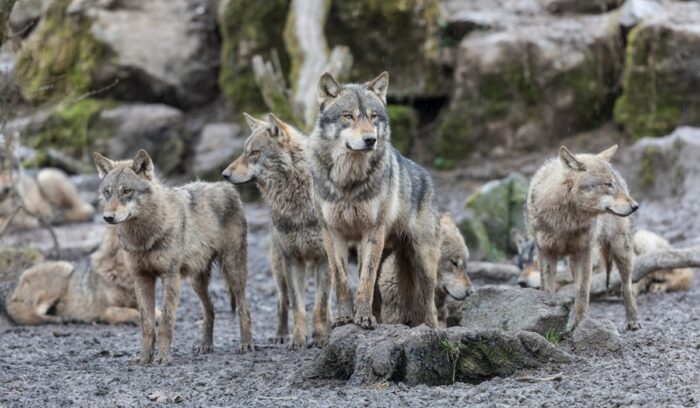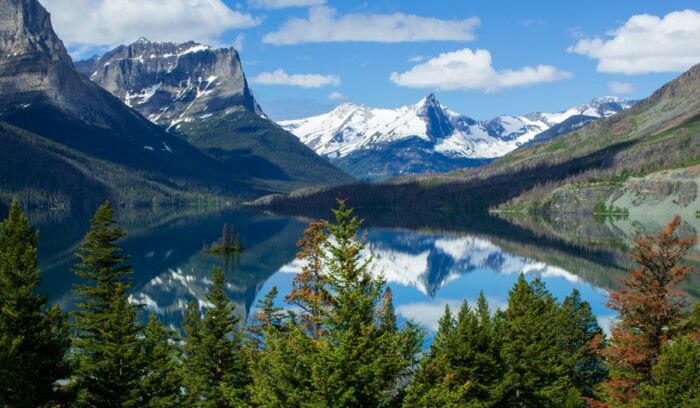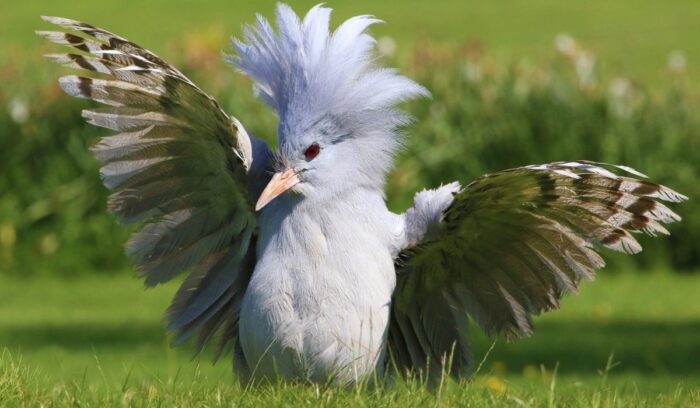California tears down levee in ‘largest tidal habitat restoration in state history’
A backhoe loader has dug into a levee in the Sacramento-San Joaquin Delta, breaking down a portion of the earthen embankment and allowing tidal waters to flow across 3,400 acres of land for the first time in 100 years, officials said. The plot of land, located in Solano County and just upriver from Rio Vista, is being called Lookout Slough, and it will provide new habitat for fish and wildlife and increase flood protection for the greater Sacramento area by boosting water storage capacity in the Yolo Bypass.









